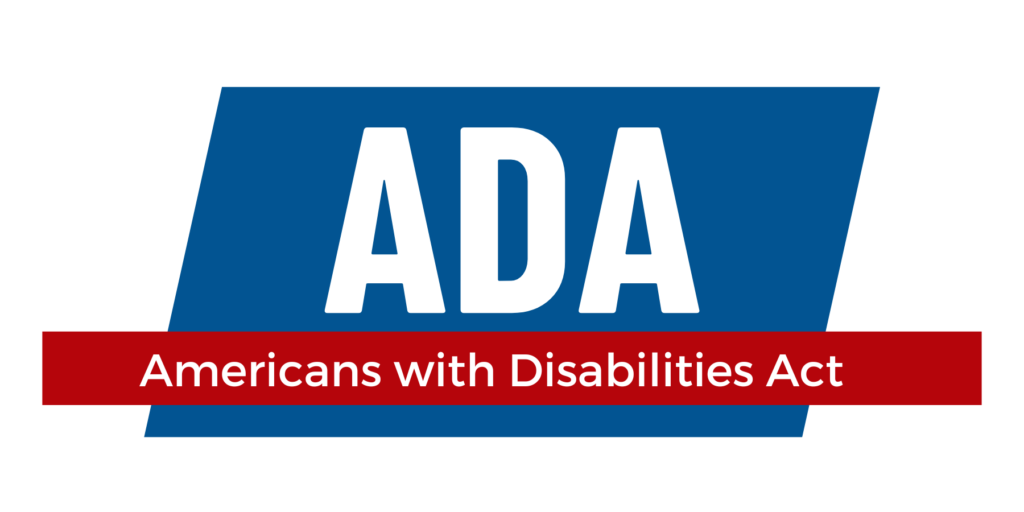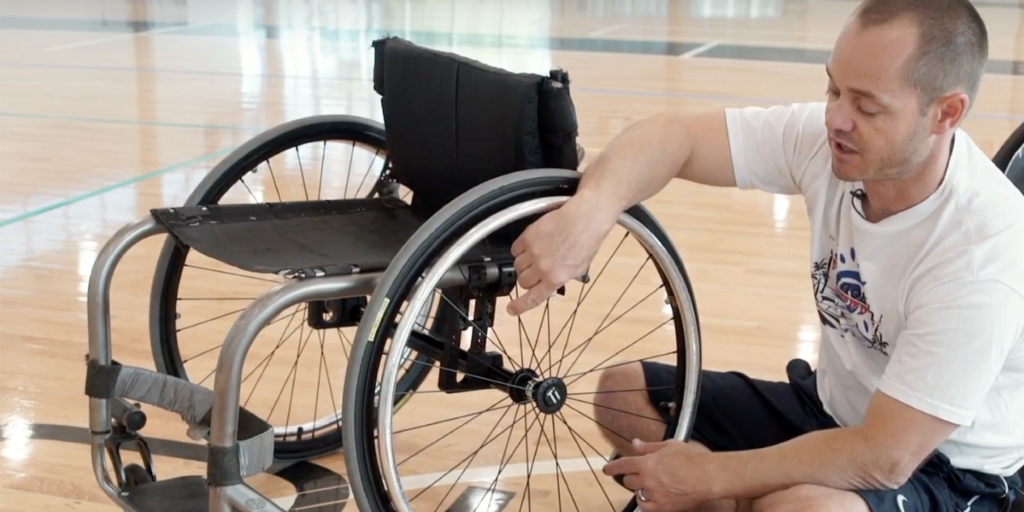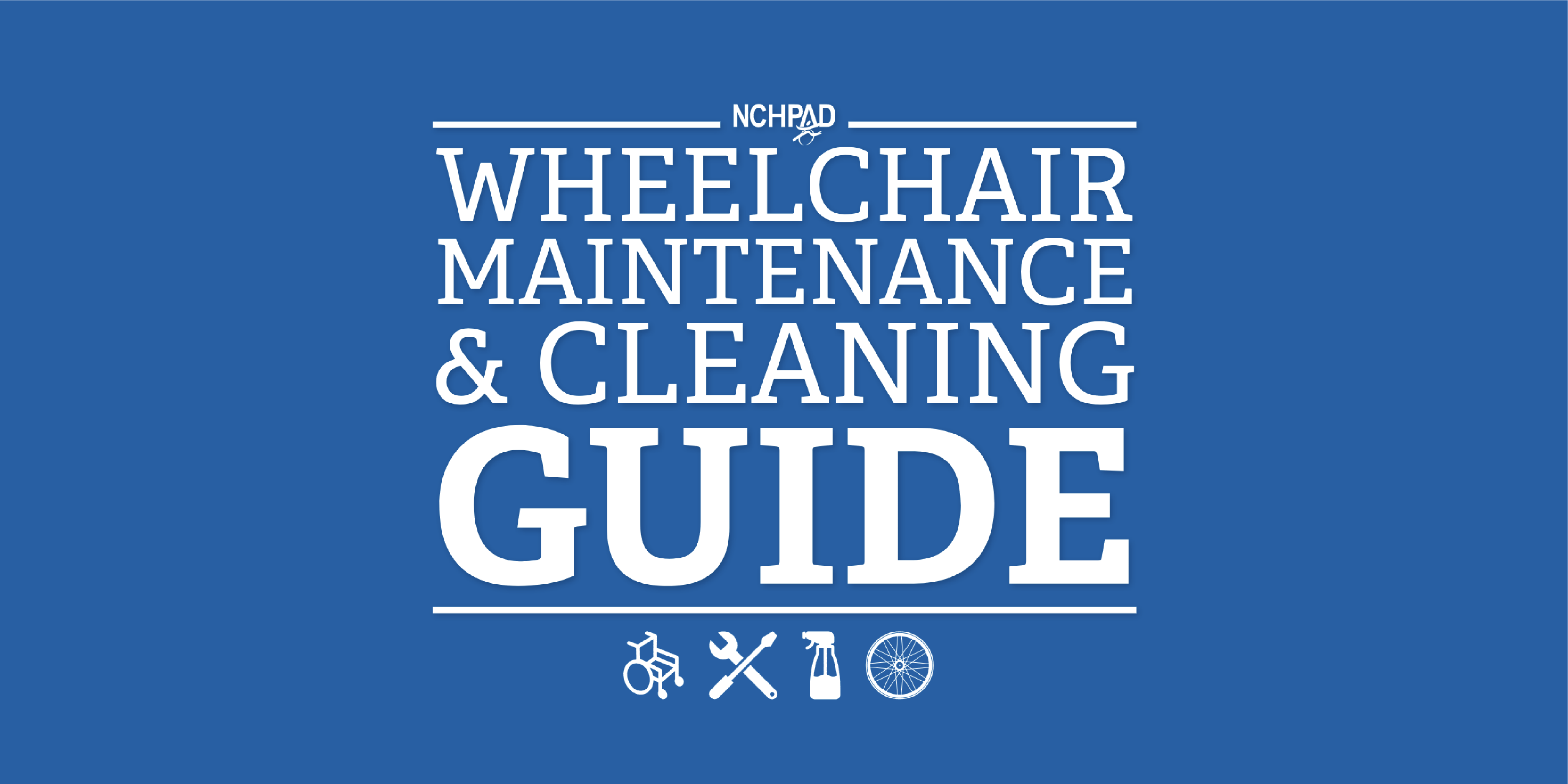The Americans with Disabilities Act or ADA was a huge win for human rights. It bans discrimination against people with disabilities across all public areas of life, including jobs, schools, transportation, restaurants and more. This law was only passed in 1990, but it’s set the groundwork for future social changes regarding access.
And every July is an opportunity to reflect on the history that got us here and assess the work that’s still necessary. Watch our video we created in 2021 to commemorate the 31st anniversary of the passage of the ADA – or keep reading below to learn more.
Three important milestones have happened since the ADA passed on July 26, 1990.
The first is the 1990 Capitol Crawl. At this point, the ADA had passed the Senate but stalled for several months with a congressional committee. Thousands of fed-up activists gathered outside of the Capitol building to begin their protest with the Wheels of Justice Campaign.
People left their walkers, wheelchairs and crutches to crawl the 78 marble stairs of the U.S. Capitol’s west front. The following day, over 100 people were arrested for refusing to leave. This protest brought attention, political, pressure and urgency for the signing of the ADA, which passed four months later.
The next milestone was the Olmstead Act in 1999. Two women with mental illness and developmental disabilities were professionally deemed fit to transition from institutional state hospitals to a community-based program. Community care would provide better support in addition to daily living skills. In this case, and many cases like this, the transition was indefinitely postponed, and the women remained in hospitals for several years after the request. After a lawsuit was filed under the ADA, the women were eventually placed in community care.
Forcing a person to remain in an institution when community care is more appropriate was now legally considered discriminatory, unjustified segregation – and a violation of civil rights. This Supreme Court decision broadened the ADA to include mental illness as a disability. That now meant protecting rights, freeing thousands and allowing a healthier alternative for families in need of assistance.
The third milestone occurred with the ADA Amendments Act of 2008. There were many cases where the Supreme Court limited who could identify as a person with a disability under the ADA. This left many people legally unprotected and exposed to discrimination. After years of cases like these, disability and business communities joined to work on the language for a new standard. The clarified laws were introduced in July and signed by September. These amendments restored legal intent and pushed to further submit Congress’s stance. It
made disability much more inclusive and now protects a lot more people.
The hope is that our laws will continue to evolve and support the rights of all people with disabilities at every intersection.
Want to learn even more? Check out our video playlist from the ADA’s 25th anniversary.



